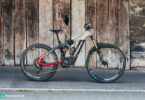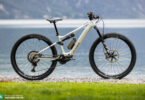More power, more range and more travel! The new Orbea Rise 2025 has been redesigned from the ground up, and it’s something of a revolution rather than evolution. However, Obea’s eMTB all-rounder doesn’t just look promising on paper, with plenty of new features. We’ve already put the new Rise through the wringer for you to find out what it’s capable of!
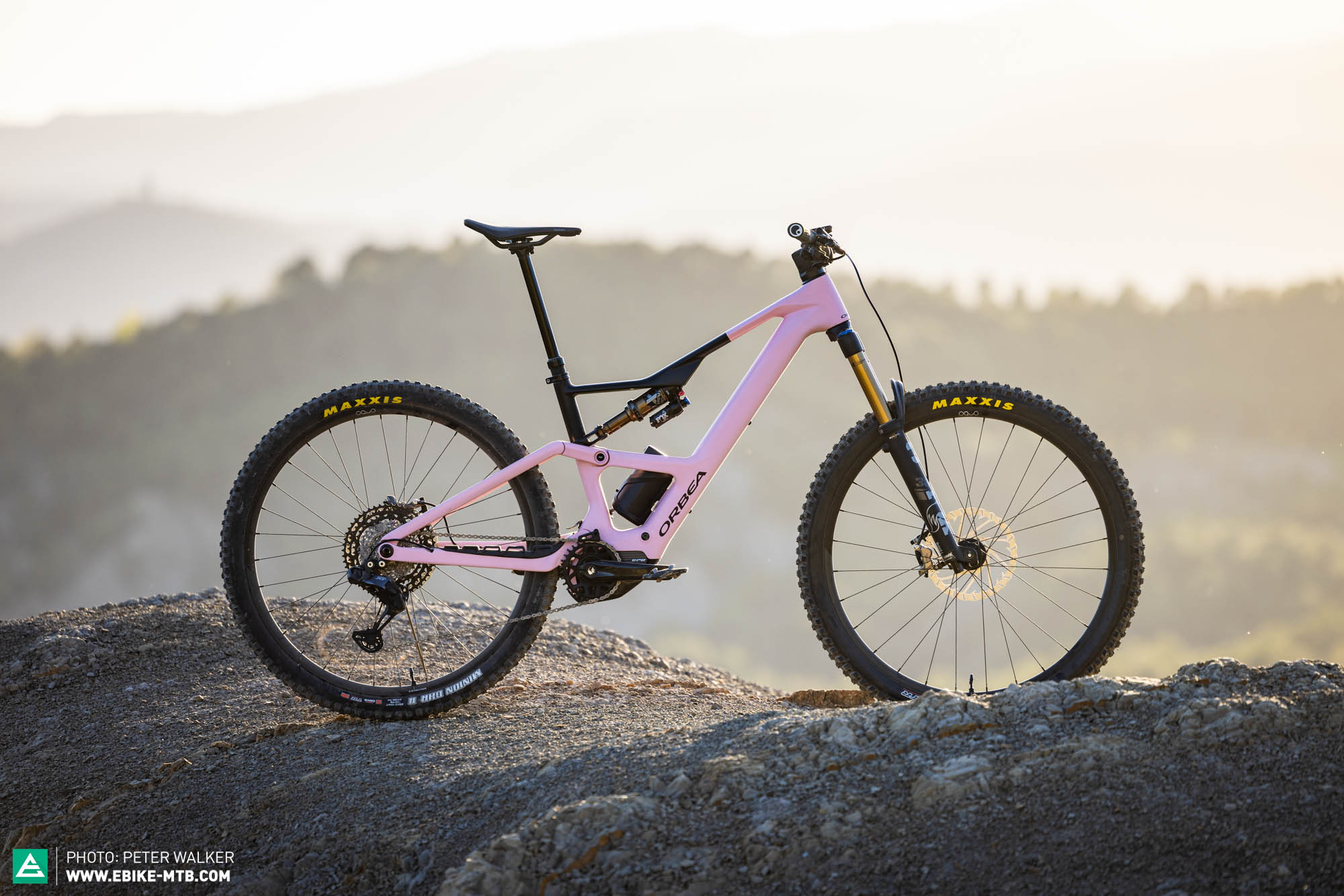
Is it time for a real revolution after several years of evolution? In 2020, Basque bike manufacturer Orbea launched their very first light e-MTB, the Rise. Tipping the scales just under 19 kg, despite featuring a robust spec, decent amount of travel and a de-tuned Shimano EP8 motor with 60 Nm of torque, it caused quite a stir in the eMTB world. After a few minor updates over the last few years, Orbea have finally launched the fully overhauled 2025 Rise model, which has a more powerful motor, more battery capacity and more travel – and that’s not all!

Orbea have a long history, which began in the Basque Country back in 1840. The family business initially produced guns rather than bikes, something which fortunately changed in 1931. In 1969, they founded a cooperative, and today, Orbea have a massive bicycle portfolio, which includes everything from city bikes to road bikes and, of course, eMTBs. To sell their bikes, Orbea rely on a Dealer Centric model, which means that you configure (and pay for) your new bike online, but pick it up from an official dealer, who also takes care of maintenance and warranty claims. Of course, you can also go straight to your nearest Orbea dealer and ask them to configure and order the bike for you. In this regard, Orbea offer countless options, but more on that later.
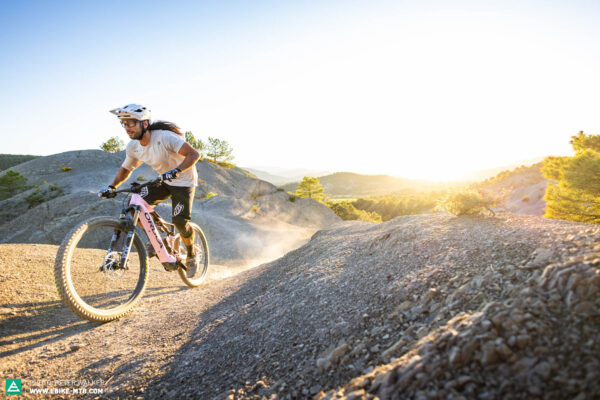
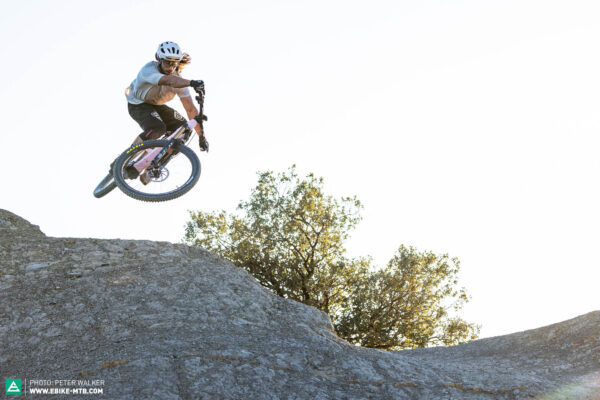
Like its predecessors, the new Orbea Rise 2025 relies on a Shimano motor. However, the latest descendant of the Rise dynasty now has a full-power Shimano EP801 drive, which delivers 85 Nm of torque. The distinctive red/blue RS badge on the motor housing lets you know that the drive software has been specially tuned by Orbea. The Shimano motor draws its power from either a 420 Wh or 630 Wh battery, which is permanently integrated into the frame. As usual, the battery capacity can be expanded with a range extender, in this case a new 210 Wh battery which fits into a conventional bottle cage and boosts the total capacity to 840 Wh.

The new 2025 Orbea Rise 2025 is available both as a short and and long travel model, SL and LT, both of which employ a full carbon frame and 29″ wheels. Orbea have already used this modular concept for the latest iteration of their analogue trail bike, the Occam, which was launched last year and served as a geometry/kinematics blueprint for the new Rise. The Rise LT generates a whopping 160/150 mm of travel (f/r) – 10 mm more than its predecessors. The SL version, on the other hand, has 140 mm of travel both front and rear. As usual, Orbea’s proprietary MyO configurator allows you to customise the spec and look of your bike, letting you choose from countless different components (suspension, brakes, tires, etc.) and a huge selection of colours. This is hands down the most comprehensive bike configurator currently out there, which is awesome given that every rider has their very own requirements and needs. Of course, we didn’t miss the opportunity to test the Rise in some different spec configurations over the course of our test period, so we can tell you which one suits our needs best.
The new 2025 Orbea Rise in detail
With the new 2025 Orbea Rise, some of the changes are pretty obvious, whilst others are well hidden in the frame. For example, there’s a new cross brace connecting the down tube and seat tube, which has a major impact on the carbon frame’s stiffness. Moreover, Orbea’s engineers altered both the shape and size of the seat and chainstays to reduce weight and improve stiffness.
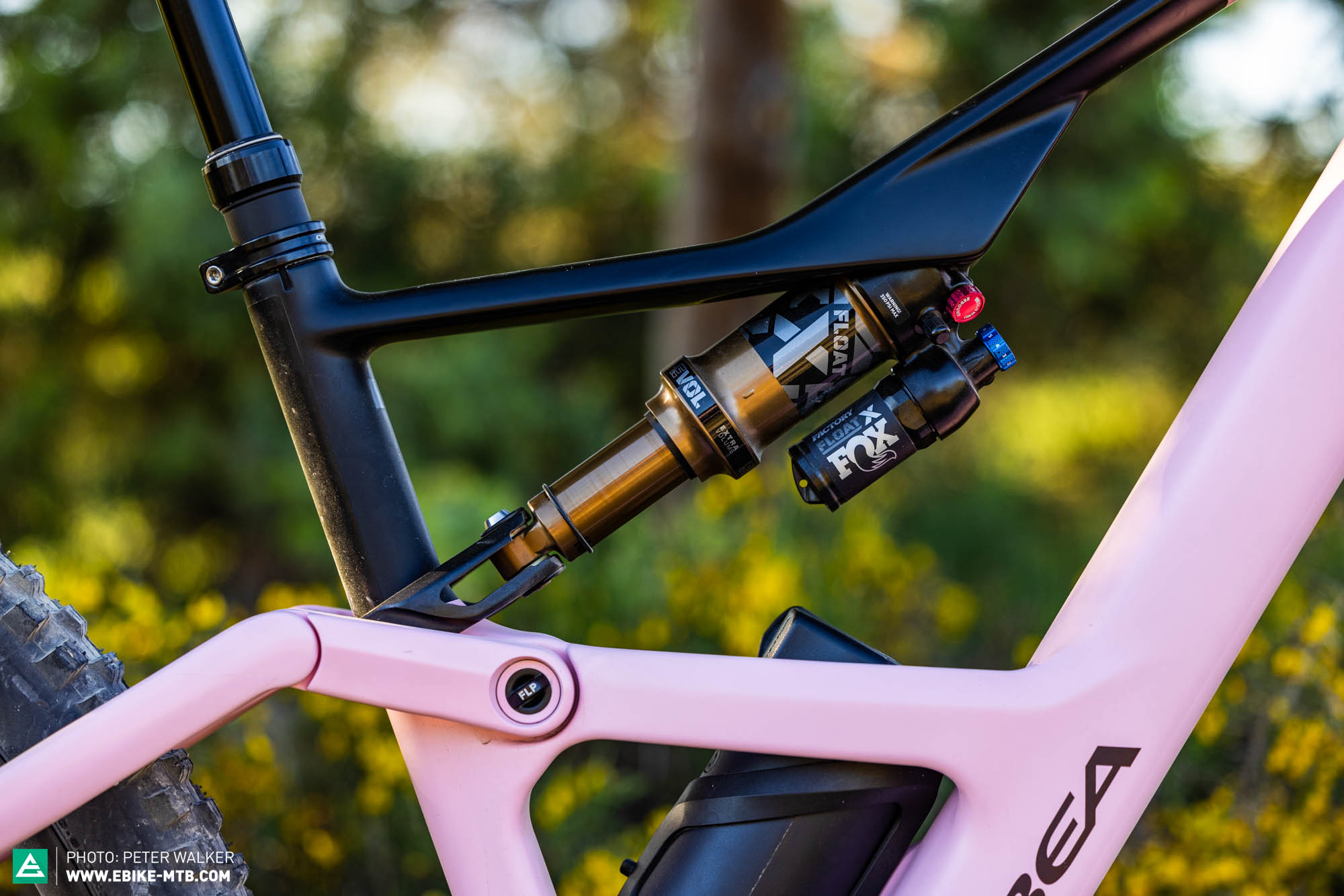
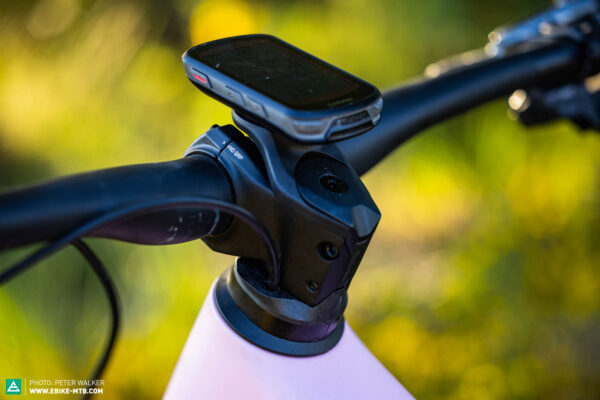

All cables are routed internally and guided through internal sleeves, making them much easier to replace. Additionally, the new Rise relies on a modern headset routing system, which guides the cables through a special headset, ensuring a clean overall look – although this comes at the expense of ease of maintenance. If you’re interested in this topic, you should read the headset routing article of our sister magazine ENDURO, where we also shed some light on Orbea’s system. A generously sized chainstay protector prevents paint chips and chain slap, ensuring a quiet riding experience on the trail. Now you’ll just have to ignore the loud metallic clunking noise of the Shimano motor and the sucking noise of the new FOX fork – but that’s definitely not Orbea’s fault!
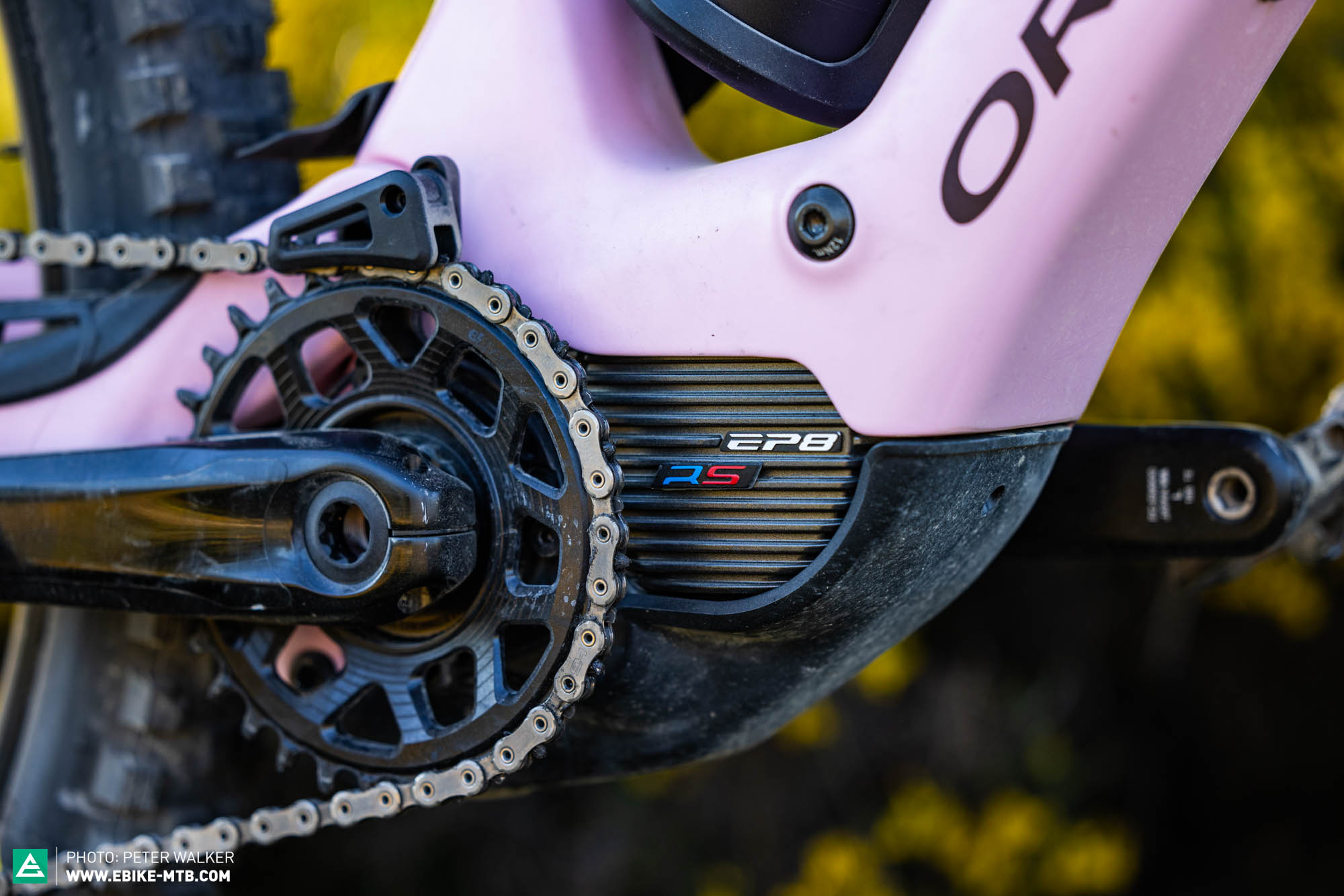
Rise frames come standard with a protective film that covers the most vulnerable areas on the frame, like the down tube, seat stays and chainstays. This prevents scratches and minor dents, helping to maintain the bike’s resale value – cool! The motor is now protected by a chunky plastic skid plate that fits the frame beautifully, while a small fender at the transition from the main frame to the swingarm prevents small rocks from getting jammed between the two.
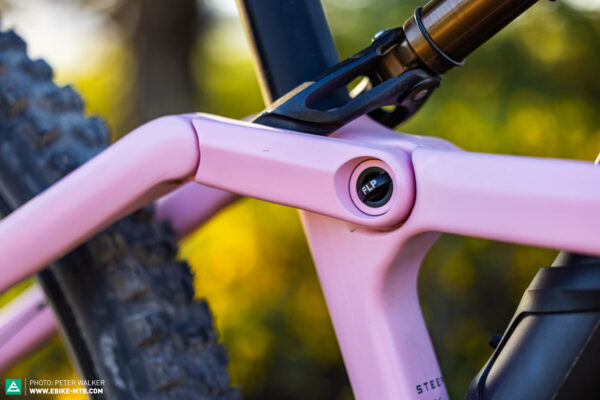

The FLP MT 20 mini tool is cleverly integrated into the main pivot of the rocker link and held securely in place with magnets, which require a fair amount of strength to pull out. The mini tool includes Allen keys from 2 to 5 mm and is complemented with a 6 mm Allen key hidden in the rear thru axle. This is enough to carry out basic trailside repairs. Unfortunately, there’s no Torx 25 key, which you need for the brake rotor bolts or if you use SRAM brakes – and you’ll also need an extra tool for smaller bolts, like those for the grip clamps.
The spec and motor concept of the new 2025 Orbea Rise
All spec variants of the new 2025 Orbea Rise
In typical Orbea fashion, both the spec and look of the new 2025 Rise can be customised down to the smallest detail using Orbea’s extensive MyO configurator. If you’re familiar with their website, you might notice that Orbea have also revised the configurator for the launch of the new Rise to make it even more user-friendly. Moreover, they’ve added some new colours to their paint finishes, and also let you change the look of their in-house OQUO wheelset.
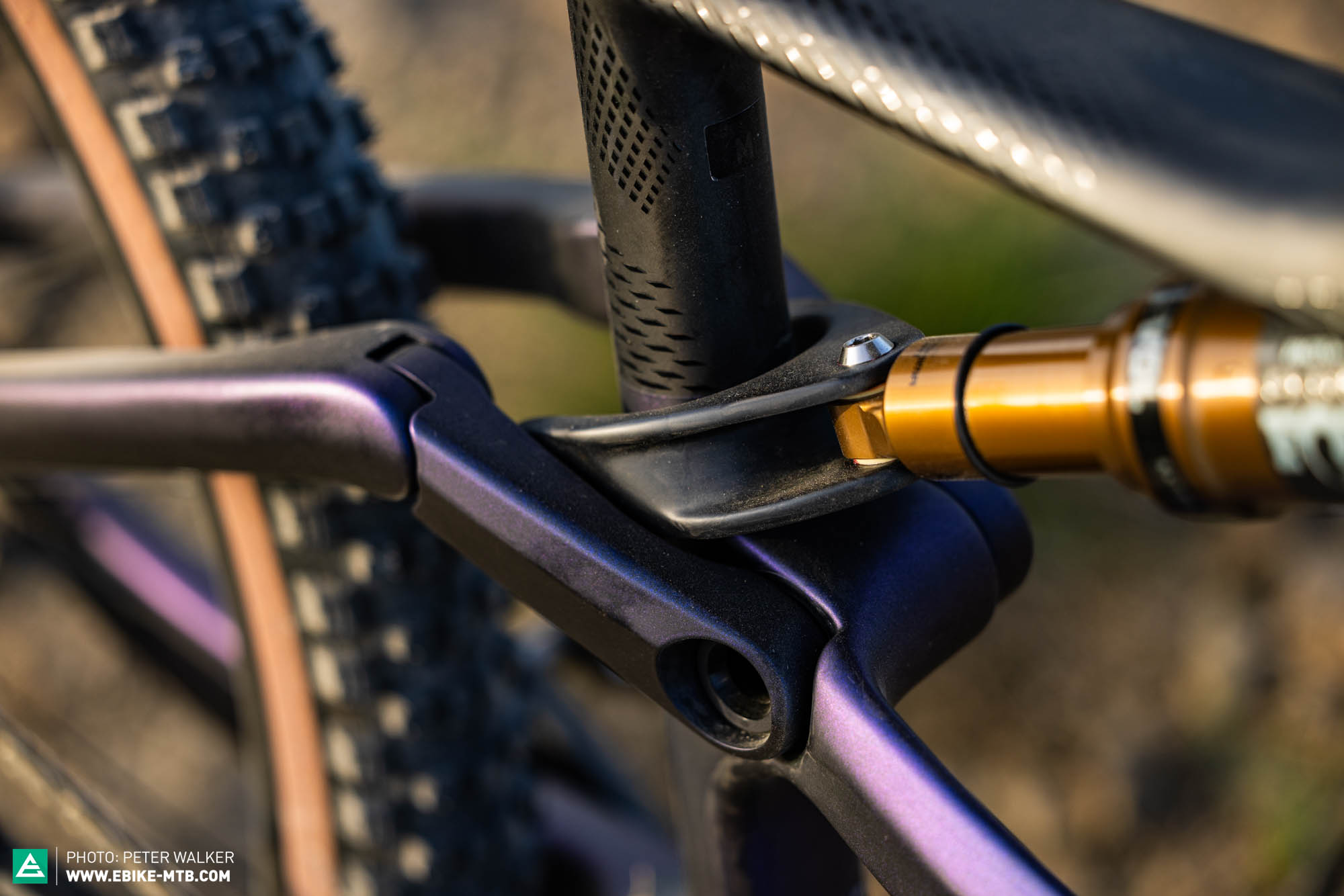
The SL and LT models are based on the same frame platform and only use a different shock mount. On the SL version, this is made of carbon and allows you to run a shock with less stroke – i.e. less travel. All new Rise variants roll on 29″ wheels. Once you’ve decided on the frame, you can choose from countless components to customise your spec, whereby some options are subject to a surcharge. You can either choose one of Orbea’s pre configured models and change the components, or just spec a frame from scratch. When speccing your bike, you can choose from different suspension, brakes, handlebars, dropper posts, wheels and tires. You can also choose the battery capacity and configure your bike with different remotes and displays.
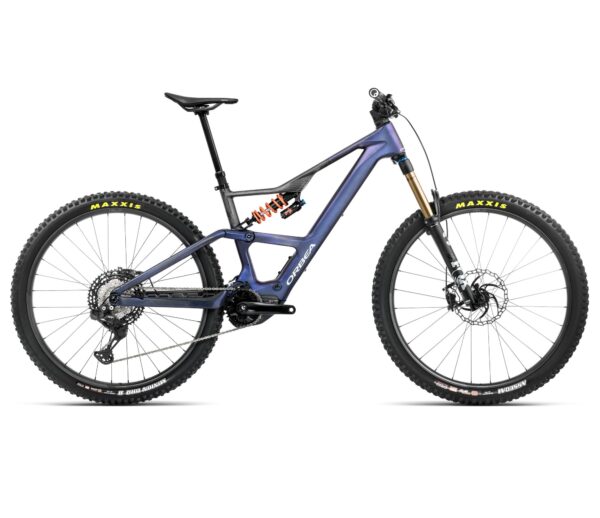
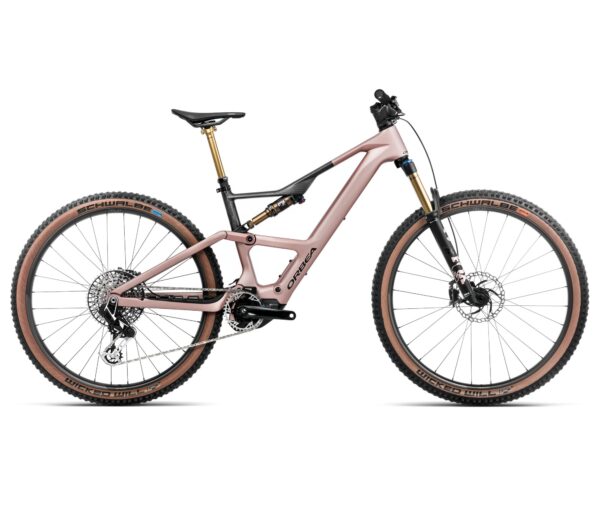
The new Orbea Rise 2025 is available from now, although not all of Orbea’s popular “Basic” versions have been released yet. The LT model comes in both the M-Team and M10 variant, while the SL version is available in the M-LTD and M10 variants. In a nutshell, the LTD variants are the most expensive in the range, followed closely by the M-Team model. Just below, are the mid-range M10 and M20, whilst the M30 is the entry level model. The new 2025 Orbea Rise 2025 will only be available with a carbon frame for the time being, with emphasis on “for the time being” ;).
The motor concept of the new 2025 Orbea Rise
The new 2025 Orbea Rise still uses a Shimano motor – the latest EP801 RS GEN2 MC drive, to be precise. However, Orbea added the RS suffix, which stands for the updated communication protocol the Spaniards rely on to optimise the interaction between motor, battery and range extender. Moreover, the Shimano motor of the new Rise now also delivers its full 85 Nm of torque, provided you’re not using the range extender. With the range extender connected, the motor limits its output slightly, delivering more or less the same power that you’ll get in Trail mode without the extender.
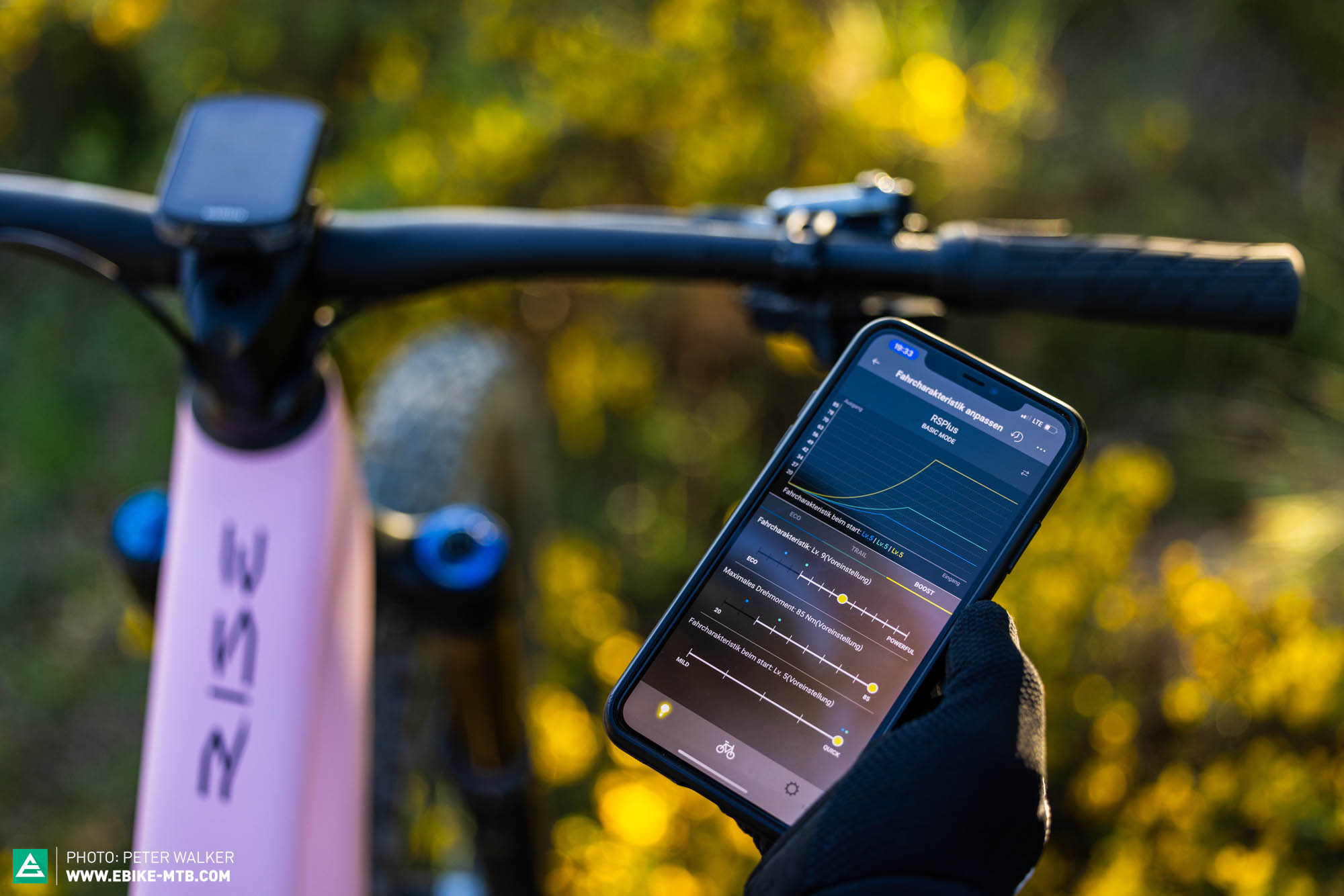
On top of that, there’s a separate RS+ profile in the app, which gets a little more bang out of the motor compared to the standard setting. At the end of the day, it’s nothing more than an additional profile in the app with the parameters cranked all the way up – you can do this yourself with any other Shimano EP801 motor.
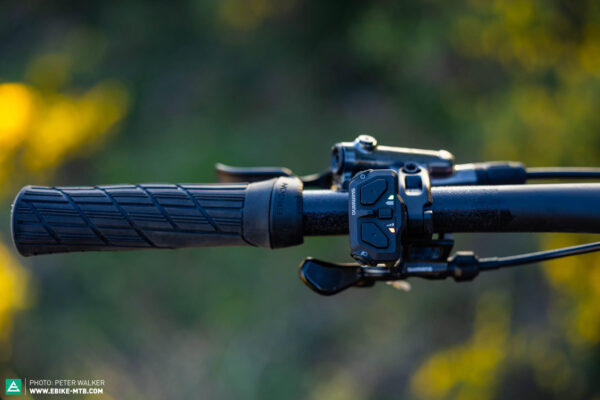

The Shimano EP801 RS motor is paired with an EN600 L remote, which is secured to the left-hand side of the handlebars. This offers a rough overview over the battery charge status and lets you perform basic tasks, like activating walk mode and selecting your desired support mode. However, the remote isn’t the most ergonomic out there, and it sits in quite an exposed, vulnerable position, meaning that it could easily get damaged in the event of a crash. Orbea opted against integrating a display into the top tube, something which is becoming increasingly common amongst e-mountainbikes. However, if you want more information about your motor system, you can choose the minimalist SC-EM800 display from Orbea’s configurator, which is safely tucked in between the handlebars and stem with a special, in-house display mount. We used the mount to connect a Garmin device. With the help of the RS toolbox, you can connect different bike computers or smartwatches to the system to receive detailed information. While the stem mount is included in the bike’s price, it’s also in a very exposed position, which makes your expensive tech vulnerable to impacts if things get out of hand.
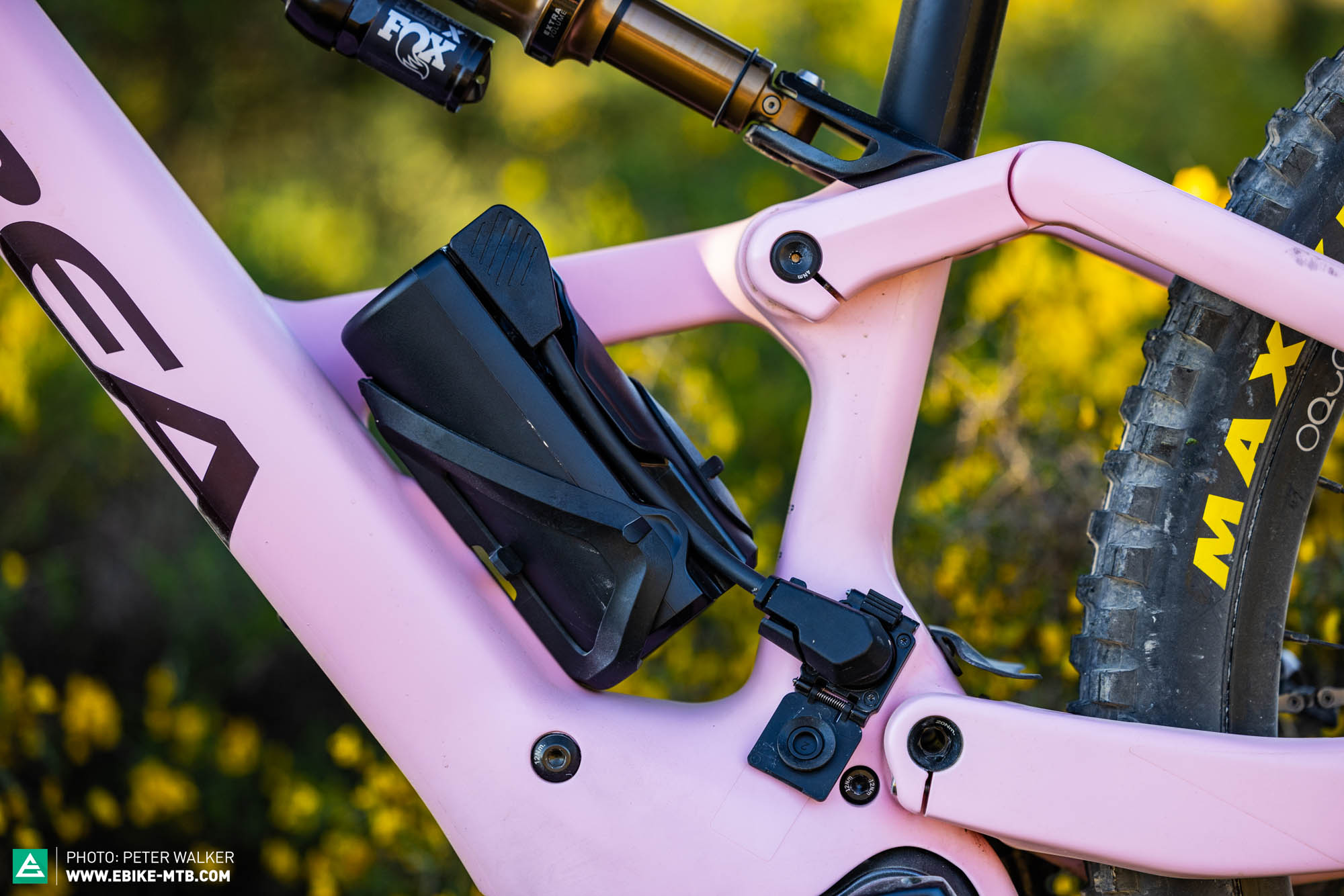
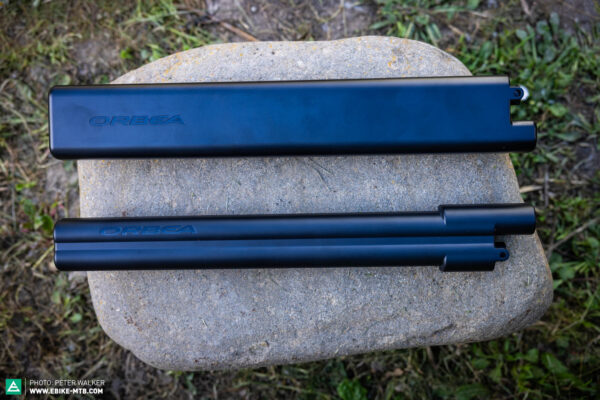
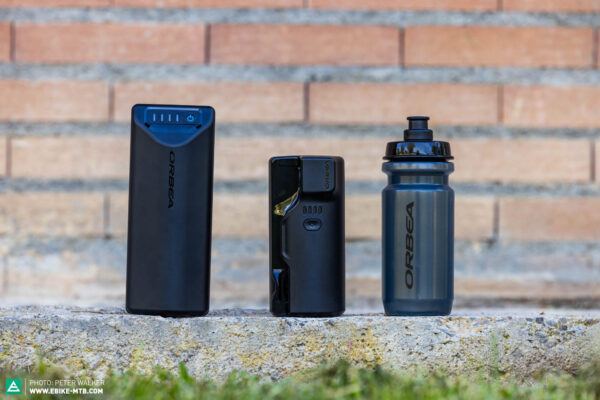
While they were at it, Orbea also launched three brand new batteries for the 2025 Orbea Rise. When buying your bike, you can choose between a 420 Wh and 630 Wh main battery, both of which are permanently integrated into the frame, and weigh in at 1,956 g and 2,889 g, respectively. The bigger battery is also subject to a € 199 surcharge! The new range extender tips the scales at 1,050 grams and delivers an additional 210 Wh – 42 Wh less than its predecessor. On the other hand, the new extender is also considerably smaller and resembles the shape of a water bottle. If you use the range extender, the motor only draws its power from the extender, leaving the main battery untouched. If you need slightly more oomph in a technical climbing section, you can switch off the extender and let the motor draw its power directly from the main battery, which allows it to develop its full 85 Nm of torque. The range extender can be plugged straight into the charging port and locked into position. When not in use, the charging port is securely closed with a cover, which is easy to operate even with gloves.
The spec of our 2025 Orbea Rise 2025 test bike
For this first ride review, we tested the new Rise with many different components and settled on a spec that is perfectly suited for trail riding. As a result, you can use our test bike as a reference if you’re unsure about the choice of components.

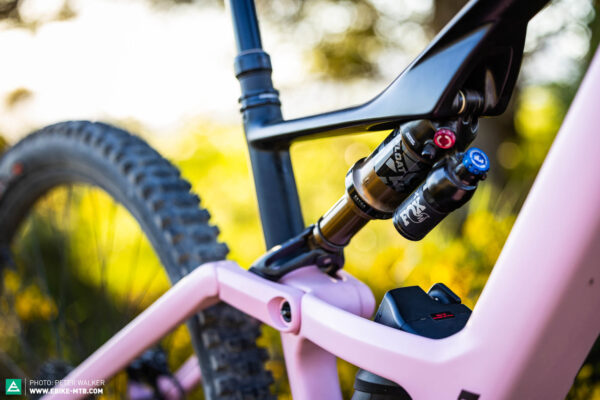
The LT version of the new Rise with the 630 Wh battery served as a basis for our build, which only weighs 20.3 kg despite the robust spec. The FOX 36 Factory fork relies on the brand-new GRIP X damper, which delivers a tremendous performance on the trail but is unfortunately quite loud, following the contours of the ground with an annoying sucking noise while riding. The fork is paired with a FOX Float X Factory air shock, which manages the 150 mm of rear travel. If you feel particularly rowdy, you can choose a FOX DHX Factory coil shock and matching spring from Orbea’s configurator, which makes for an even plusher ride.
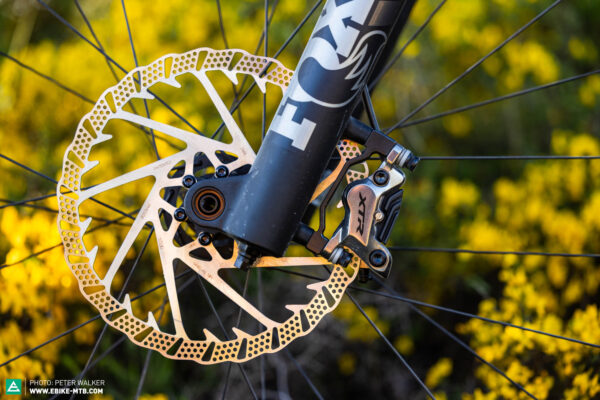
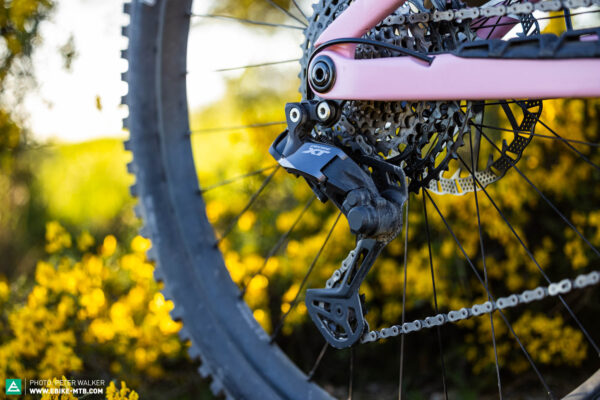
Our 2025 Rise test bike comes equipped with Shimano XTR four-piston brakes and 200 mm Galfer rotors front and rear. That said, the flagship XTR model is only marginally lighter than the more affordable XT variant and doesn’t bring any significant advantages to the trail. Shifting is taken care of by an electronic Shimano XT Di2 Hyperglide drivetrain, which ensures butter smooth gear shifts and is even paired with a lighter XTR 12-speed cassette. For more detail on how the XT Di2 system works, check out this article.
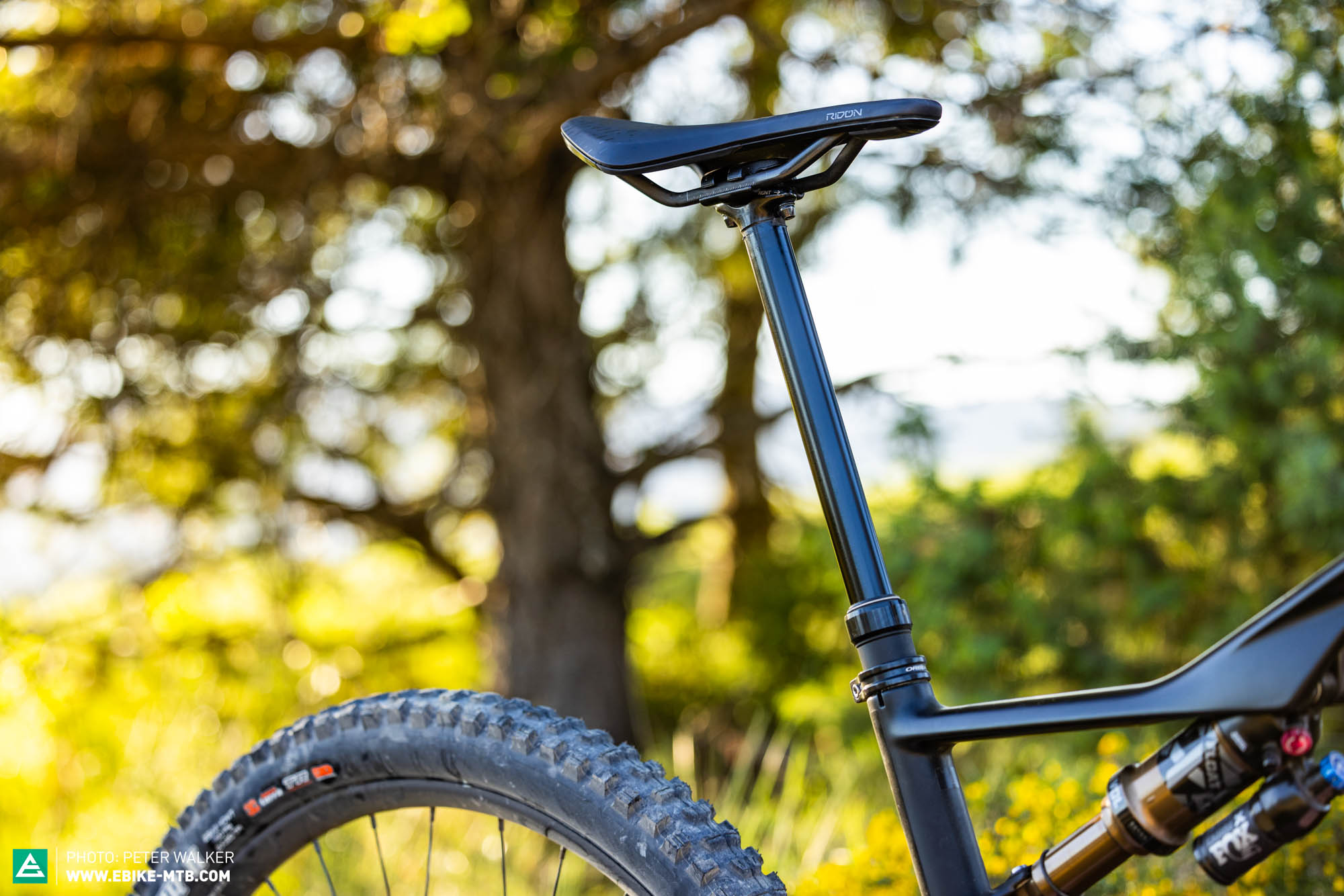
Orbea’s in-house OC Mountain Control dropper post offers a whopping 230 mm of travel and can be inserted all the way into the seat tube, even in frame size L, ensuring excellent freedom of movement on the trail. Orbea combine this with an ergonomic FOX remote. Although the dropper post delivers a solid performance on the trail, it’s not one of the fastest droppers out there. If that’s a deal breaker for you, we recommend picking the new FOX Transfer seatpost from the configurator.

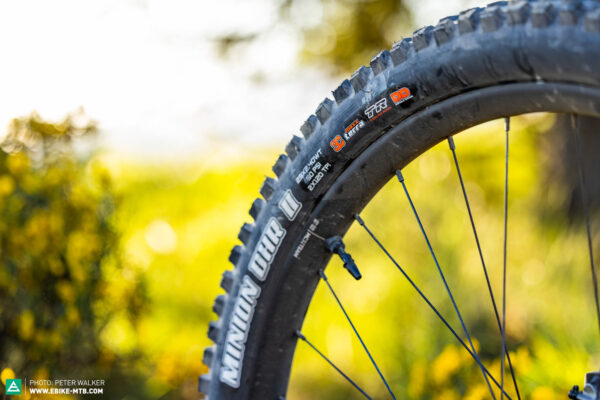
Orbea also developed the alloy wheelset in-house. While this provides a very pleasant ride, after just two days of testing, several spokes had come loose and the rim already had a few dents. For our test bike, we combined the OQUO alloy wheelset with MAXXIS tires. Orbea’s configurator now offers a very exciting tire combo, with an ASSEGAI in the soft MaxxGrip rubber compound and EXO+ casing at the front, and Minion DHR II in the harder MaxxTerra rubber compound and robust Doubledown casing at the rear. We think this is the ultimate tire combo for the new Rise LT.
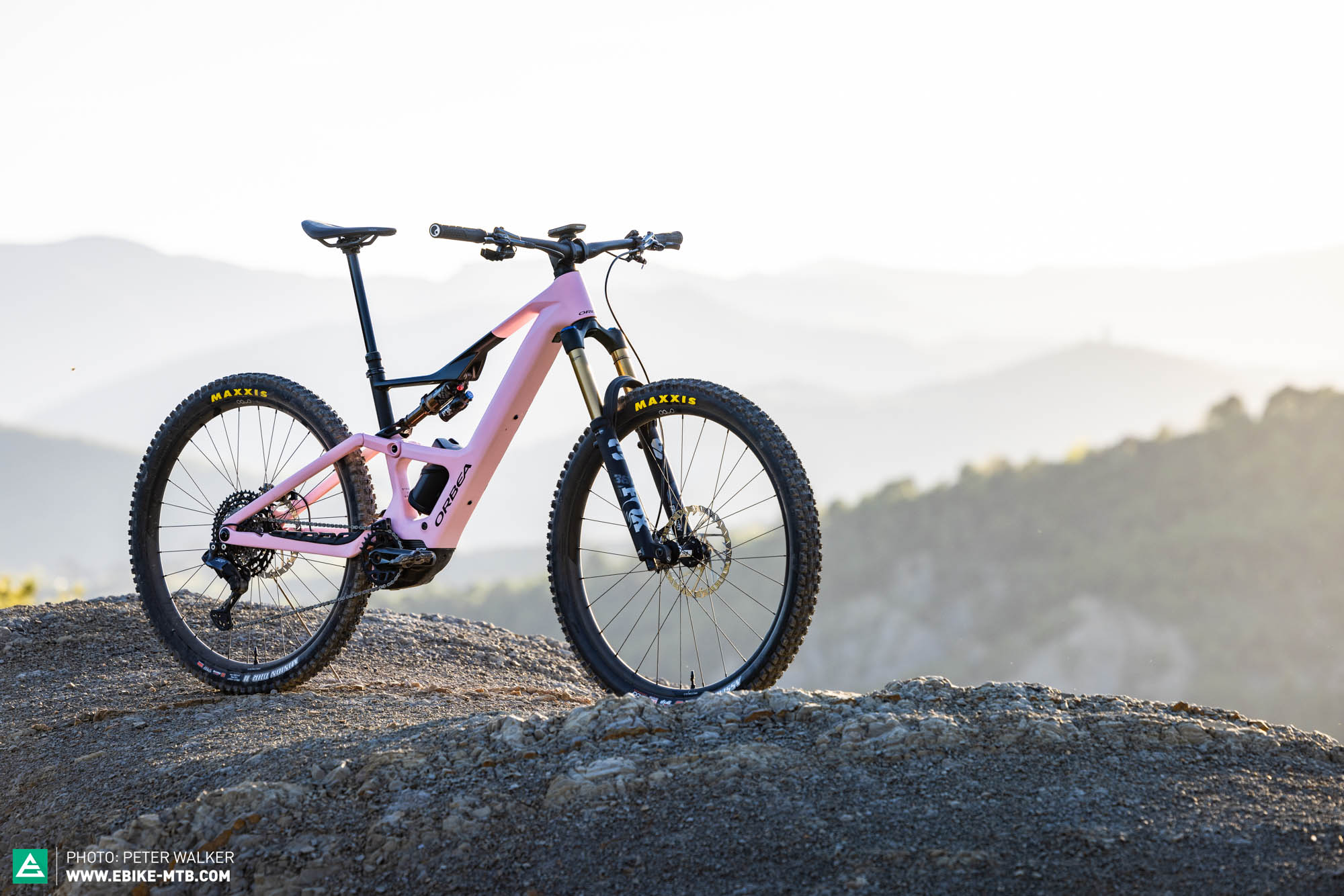
Orbea Rise LT 2025
€ 9,989
Specifications
Motor Shimano EP801-RS 85 Nm
Battery ORBEA RS Custom 630 Wh
Fork FOX 36 Factory GRIP X 160 mm
Rear Shock FOX Float X Factory 150 mm
Seatpost OC MC20 Mountain Control 230 mm
Brakes Shimano XTR 203/203 mm
Drivetrain Shimano XT Di2 Hyper-Glide 1x12
Stem OC1 35 mm
Handlebar OC 790 mm
Wheelset OQUO Mountain Control MC 32 LTD 29"
Tires MAXXIS Assegai MaxxGrip EXO+/ MAXXIS DHR II 3C MaxxTerra DD 2.5"/2.4"
Technical Data
Size S M L XL
Weight 20.3 kg
Specific Features
Range extender with 210-Wh
Configurator
Flip Chip
Geometry and adjustment options of the new 2025 Orbea Rise
The new 2025 Orbea Rise is available in four different sizes, S to XL, offering a suitable option for riders between 150 cm and 200 cm tall. The stiffness of the frame is tuned to the respective frame size, since smaller riders who pick a size S are generally lighter than those reaching for an XL frame. Orbea achieve this primarily by changing the number of carbon layers in the cross brace between the downtube and seat tube, which is meant to increase stiffness by around 5-7% from size to size. However, chainstay length is the same across the board and relatively short at 440 mm. We got on well with this with both our test bikes in frame sizes L and XL.
The geometry of the new 2025 Orbea Rise 2025 in the low setting
| Size | S | M | L | XL |
|---|---|---|---|---|
| Top tube | 570 mm | 596 mm | 623 mm | 642 mm |
| Seat tube | 405 | 415 mm | 430 mm | 460 mm |
| Head tube | 95 mm | 100 mm | 110 mm | 120 mm |
| Head angle | 64° | 64° | 64° | 64° |
| Seat angle | 77° | 77° | 77° | 77° |
| Chainstay | 440 mm | 440 mm | 440 mm | 440 mm |
| BB Drop | 34 mm | 34 mm | 34 mm | 34 mm |
| Wheelbase | 1,203 mm | 1,230 mm | 1,259 mm | 1,288 mm |
| Reach | 430 mm | 455 mm | 480 mm | 505 mm |
| Stack | 619 mm | 623 mm | 633 mm | 642 mm |
A very cool feature is the flip chip, which comes standard with all LT models. It’s positioned in the shock link and is remarkably quick and easy to adjust using the Allen key in the rear thru axle. All you have to do is loosen the bolt and move the wheel, up or down depending what setting you’re aiming for. This is so quick and easy that we changed the flip chip into the high position before every climb and back down into low before hitting the trail again. Riding uphill, the high setting enables a more upright pedalling position, while at the same time raising the bottom bracket by 8 mm. The low setting, on the other hand, integrates you more into the bike and slackens the head angle by 0.5.
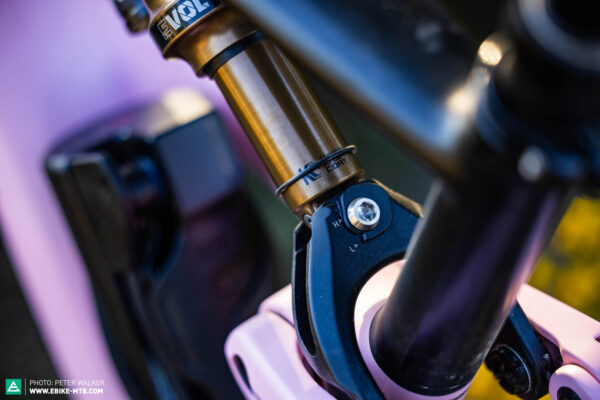
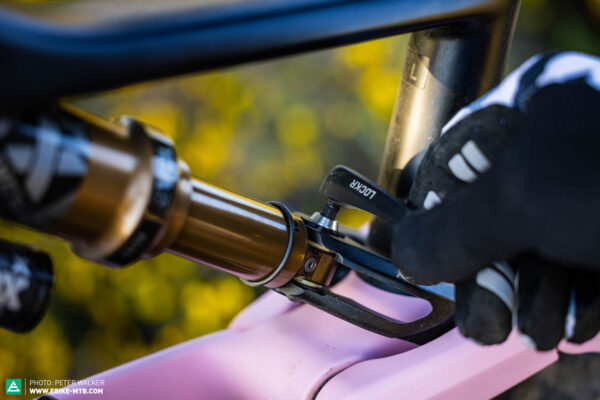

When redeveloping the Rise, Orbea made some very clever adjustments to the frame and charging port to make room for a longer dropper post while keeping the seat tube nice and short, with the aim of improving freedom of movement on the bike. For example, they developed a special charging port that moulds around the dropper. Our test bike in size L, which combines 480 mm reach (low setting) and a short 430 mm seat tube, allows you to insert a massive 230 mm OC dropper post all the way into the frame. The seat tube is nice and short across all of the frame sizes too – even sizes S and M allow you to slam a 200 mm dropper all the way down.
The new 2025 Orbea Rise on the trail
Orbea invited us to Ainsa, Spain, to test the new Rise. Our two experienced test riders had the chance to test the new Rise exclusively, together with a big team from Orbea. This allowed us to pile up endless laps and try out different components, battery configurations and frame sizes. We rode primarily the LT version, which is the better choice for the rough trails in Ainsa, but we also did a short lap with the SL model. At 182 cm and 189 cm tall, respectively, both our test riders felt more comfortable with the frame size L, as the XL frame is pretty huge comparatively and requires more physical effort to manoeuvre.
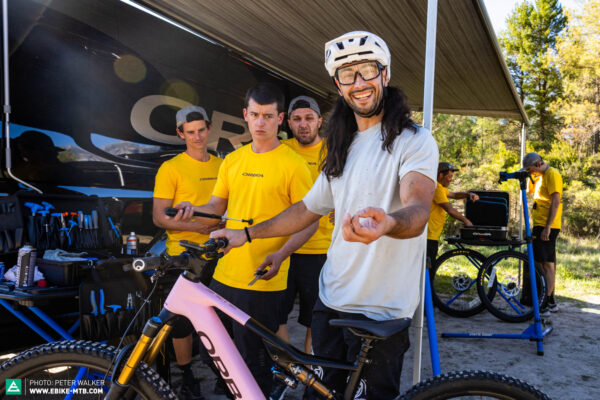
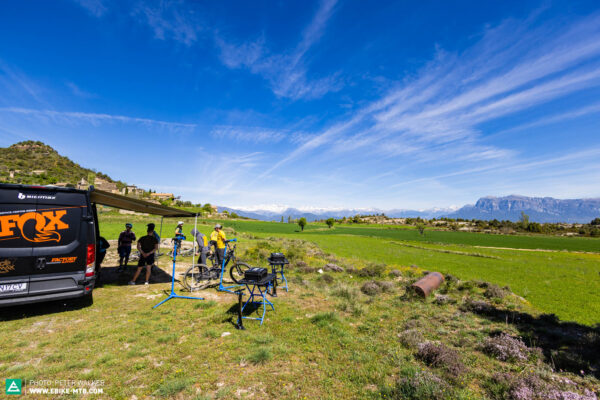
When riding uphill, we usually set the flip-chip of the new 2025 Orbea Rise to the high position. This ensures a more upright pedalling position without putting too much weight on your hands, and at the same time provides plenty of ground clearance to avoid smashing your cranks into obstacles on technical climbs. The Rise pedals efficiently, generating plenty of traction without the need to reach for the lockout lever, regardless of whether you’re on an air or coil shock. The Rise implements steering input willingly without having to actively weight the front wheel, even on technical climbs. On the very steepest climbs, you’ll need to put some pressure on the bars to keep the front wheel on the ground, but if there aren’t any gnarly, steep climbs on your local trails, the new Rise will cope well even in the low setting.
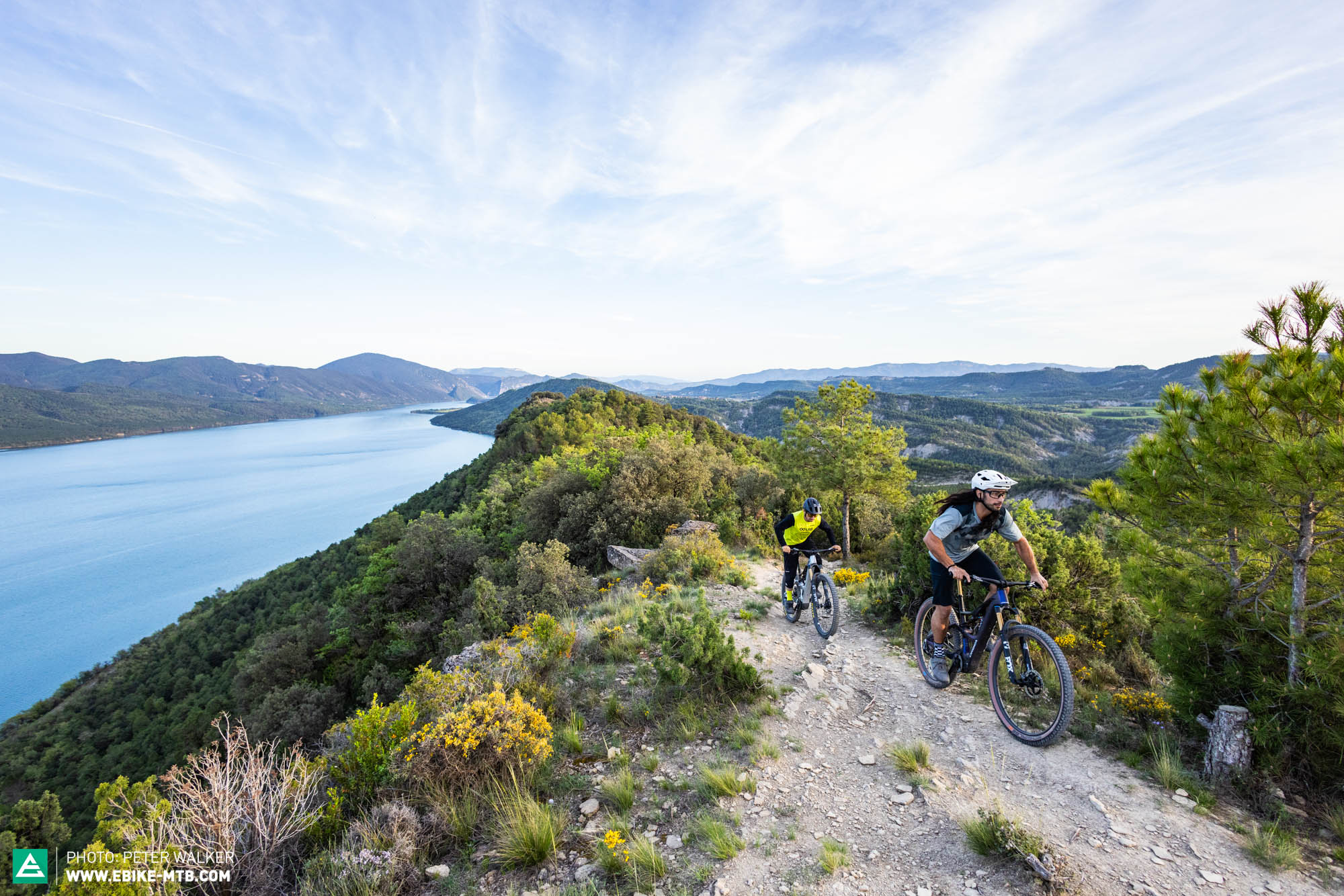

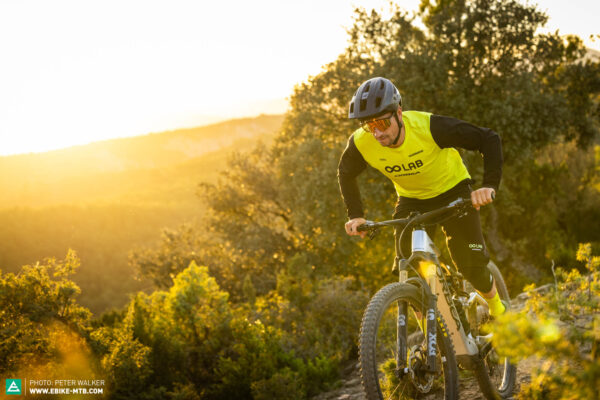
The Shimano EP801 RS motor packs a punch but is still easy to modulate and control, although it can’t quite keep up with the powerhouse Bosch CX motor which comes standard with the Orbea Wild, for example. However, the Shimano drive fits in with the Rise’s sporty character far better, making for a coherent overall package. The minimalist information – provided you don’t use a bike computer – isn’t an issue either, as the LEDs on the handlebar remote provide everything you really need to know.
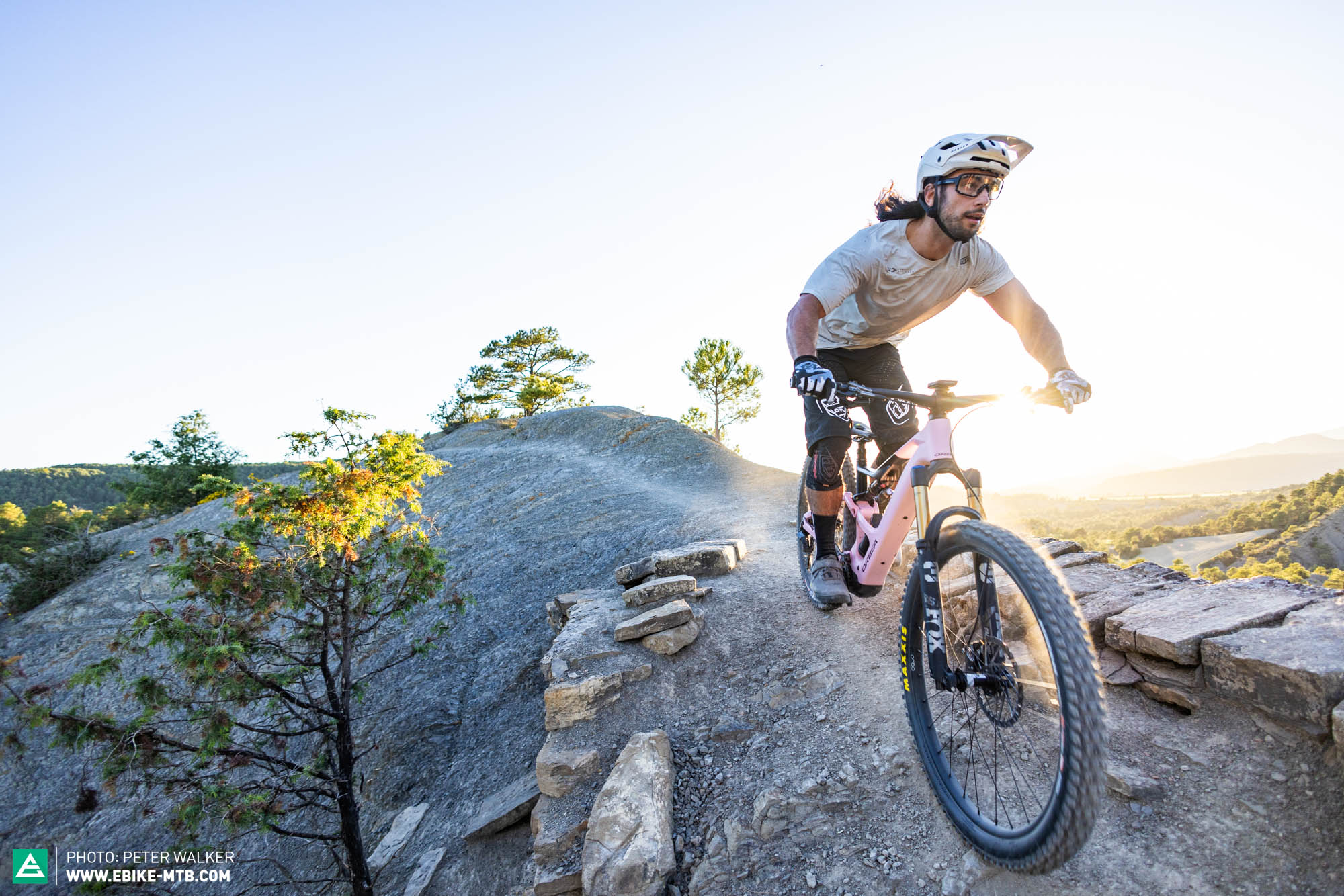
Surprise, surprise; before shredding our way back down into the valley, we always switched the flip chip back into the low setting, which takes virtually no time at all! The new 2025 Orbea Rise makes you feel at home, integrating you nicely between its wheels, with the weight evenly distributed between the front and rear. As a result, it inspires huge amounts of confidence, encouraging you to let loose and open the taps. Even when things get wild, with the rear wheel slinging huge chunks of dirt out of berms and the rotors glowing bright red, the Rise is easy to control, implementing steering input directly without getting twitchy. The progressive rear suspension makes it easy to pop off ledges and invites you to throw shapes in the air when you take off.
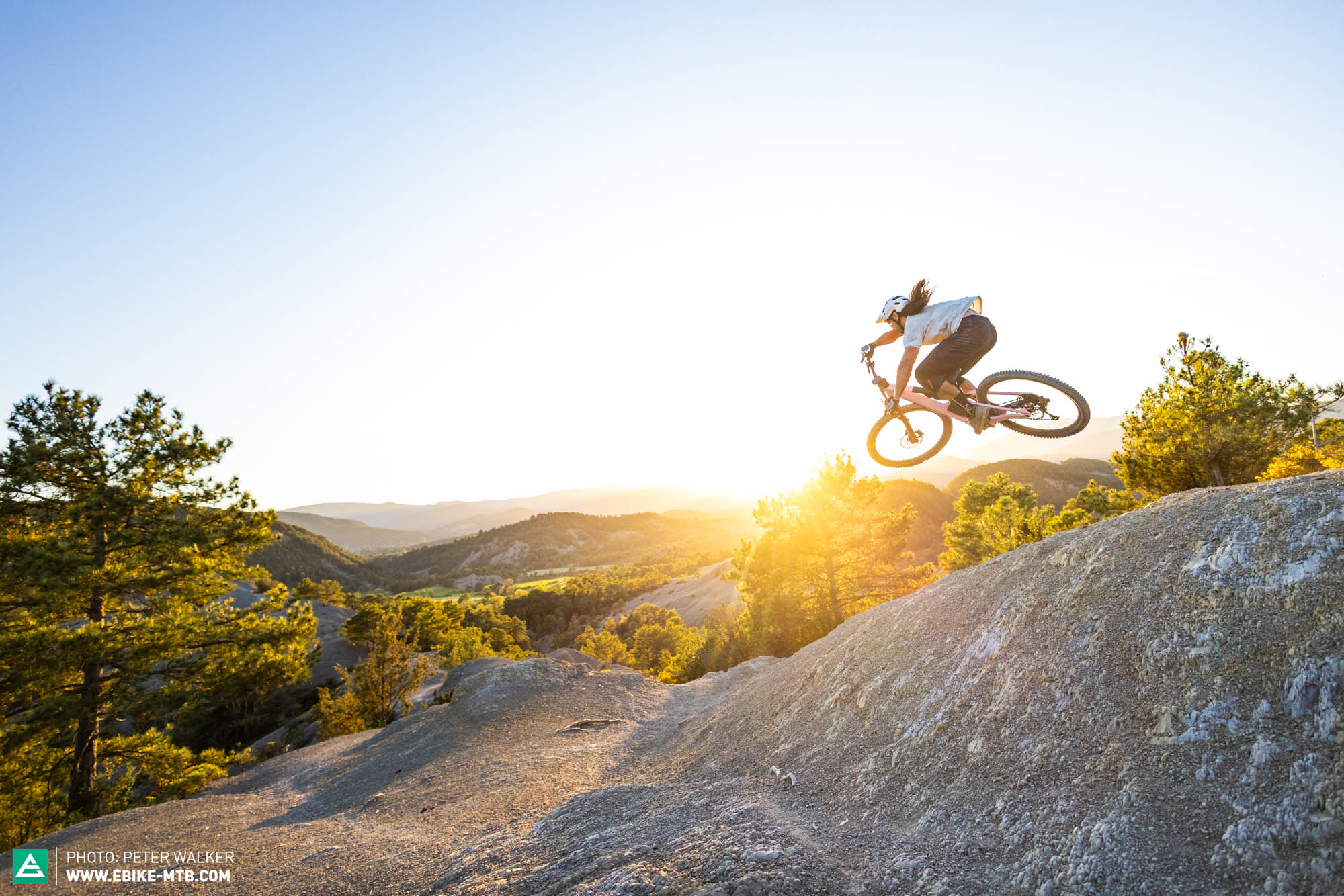
One thing we’re particularly impressed with is the ride feel of the frame itself: it’s stiff enough to feel precise, without feeling harsh, and the bike generates tons of traction, despite the sometimes very slippery conditions. Switching to carbon wheels or carbon handlebars provides even more feedback, allowing you to generate huge amounts of speed on flowing trails by pumping through berms and rollers. However, most riders will get on better with the alloy wheelset, especially when you spend lots of time on demanding trails, because a stiff bike also requires more physical effort and a vigilant riding style.
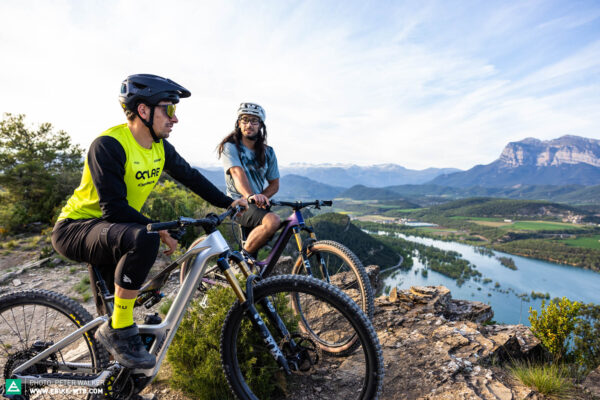

If you want the Rise to be even more capable, or if you spent most of your time on gnarly trails, you could pick a coil shock from the MyO configurator. This ensures an overall softer, more plush ride and makes you feel as if you had even more reserves on tap, without compromising on the bike’s liveliness too much. Even on slower, meandering trails, the Rise is easy to manoeuvre, and takes you straight to the pub without batting an eyelid
Who should take a closer look at the new 2025 Orbea Rise?
The new Orbea Rise 2025 shines in many respects and stands out as a damn fine all rounder. To start with, Orbea’s MyO online configurator offers a huge selection of components, allowing you to customise your bike down to the smallest detail, regardless of what type of rider you are. On the trail, it’s tons of fun, both up and downhill, and proves an excellent companion for newbies and seasoned trail bums alike, regardless of whether you’re embarking on an epic Alpine crossing, or simply hitting your local woods for a quick post-work lap.
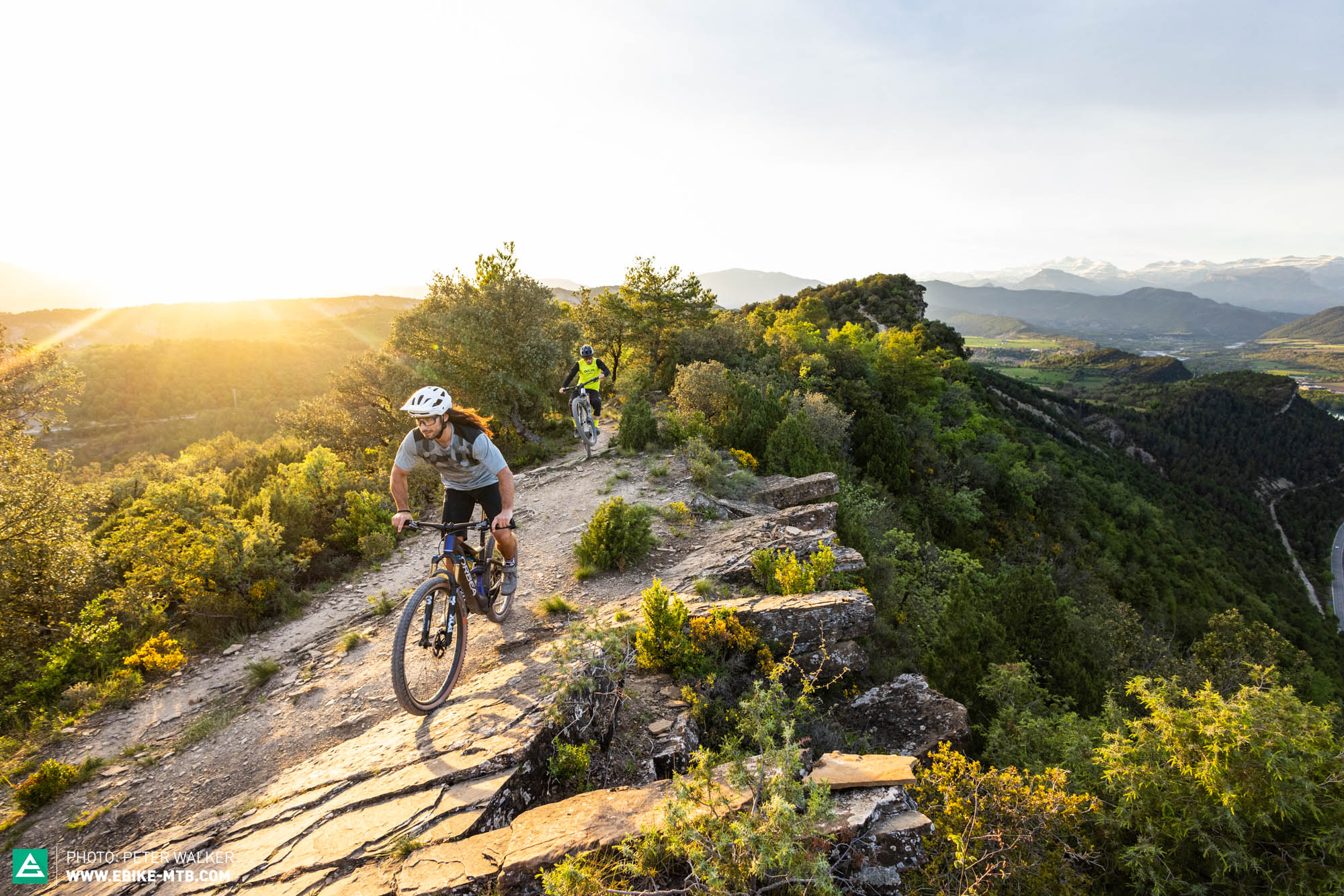
Our conclusions about the 2025 Orbea Rise
With the new 2025 Orbea Rise, the Basque manufacturer has proven once again that it knows how to build great eMTBs. Orbea’s development team has clearly put hard work and tons of passion into the new Rise, delivering an utterly coherent concept, with an even more versatile MyO configurator and countless well thought-out details. Just swing your leg over the saddle, and the Rise will make you feel at home from the very first corner and slap a massive grin on your face, opening up endless new possibilities in the process, regardless of whether the trail points up or downhill.
Tops
- Strong all-rounder
- Great overall concept
- Versatile MyO configurator
- Huge fan factor, both up and downhill
Flops
- FOX fork and Shimano motor are quite loud
- Permanently integrated battery requires a plug in your bike cave
- Big gaps between frame sizes
For more information, visit Orbea’s website.
Did you enjoy this article? If so, we would be stoked if you decide to support us with a monthly contribution. By becoming a supporter of E-MOUNTAINBIKE, you will help secure a sustainable future for high-quality cycling journalism. Click here to learn more.
Words: Peter Walker Photos: Peter Walker





